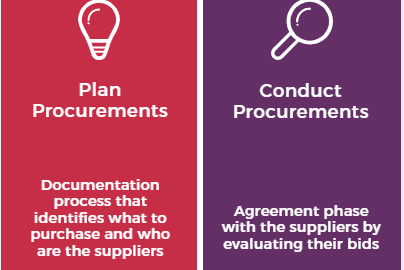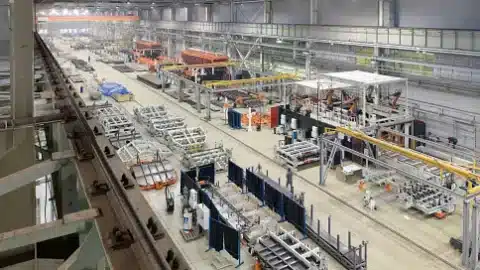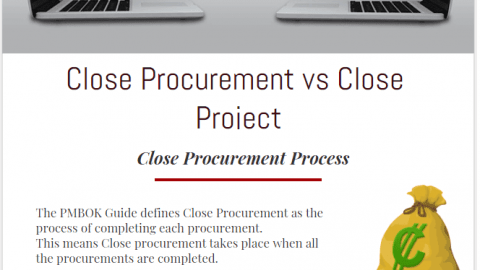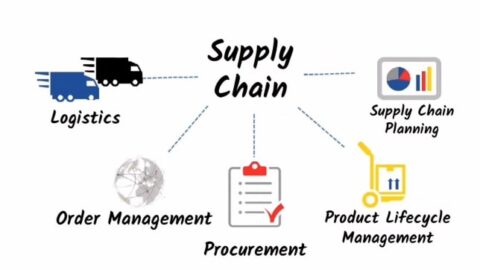The Benefits of Procurement Process Automation Using Low Code
Without a streamlined procurement process, your organization will waste time and money trying to secure your supply line. You’ll incur unnecessary risks from manual tasks and data entry. And you’ll be less responsive than your competitors to market changes. The clear solution is to automate your purchasing, sourcing, and procurement processes through e-procurement solutions such as using procurement software or automating it using low code. Yet, clear solutions aren’t always easy. E-procurement solutions tend to have enterprise-level price tags. They can be challenging to implement. And changing management can be a nightmare.
Table of Contents
If you’re a growing business looking to invest in better systems, then a better solution is a more targeted approach. Rather than a complete overhaul of your procurement process, you can use low code to build cost-effective business applications that streamline sourcing, purchasing, and procurement in your business.
What Does the Procurement Process Look Like?
Procurement is a complex process in many organizations. It consists of many steps that create bottlenecks and data transparency nightmares. To get a better understanding of how that happens, take a look at all the steps involved in the procurement process.
- Define Needs: Organizations need to define the materials and services they need to function while ensuring those needs are in alignment with company goals and practices
- Requisition & Approval: The procurement team sends out a request for approval. Decision-makers must ensure the request meets budget and business needs.
- Vendor Selection: A Request for Proposal (RFP) goes out detailing the project requirements and budget. The best vendor is selected after research and bid evaluation.
- Contract Submission and Management: A contract is issued detailing the standards of service and parameters for vendor management and quality assurance.
- Purchase Order Submission: This form details any specific vendor requirements, order amount, and delivery information. Once completed, the PO is sent to the vendor.
- Delivery Management: After the PO is issued, timelines, deliveries, and delays are tracked and logged into inventory & procurement systems. Three-way matching and quality assurance are carried out.
- Payment: The invoice is approved by the necessary parties and payments are made to the vendor. The final step is logging the entry to the business’ accounting system.
The Challenges Facing Procurement
This is just a brief overview of the procurement process. At each step, there are sub-processes that team members have to navigate to ensure procurement functions at an optimal level. For example, before a purchase request can be sent, there needs to be accurate inventory management and budgeting in place. Without it, an organization can over-order items. This can lead to excessive warehousing costs for unused items and burn through a company’s budget. Overspending can lead to late fees, project slowdowns, and operational issues (like using money intended for payroll.)
These challenges happen because of all the steps involved in the process. Managing procurement is hardly a straight line of boxes to check. Instead, it’s a complex web of needs that need to move forward at a steady pace to ensure the supply chain stays intact.
Additionally, there needs to be transparency. Without clear data insights, you lose the strategic advantage that procurement can provide. You may miss out on bulk orders or early payment discounts. Maverick spend might eat through your budget. Manual data entry errors and approval processes can bog down the process, and grind things to a halt.
And these are just surface-level problems facing procurement. Without a streamlined procurement process, you open your business up to unnecessary risks. You increase the risk of fraud or theft in your procurement process. You lose insights into your supply chain so you can become a more agile business. And you struggle to manage vendor relationships to grow your business.
The Downside to E-Procurement Solutions
There are many e-procurement solutions out there on the market. These out-of-the-box platforms are great ways for organizations with big enough budgets to transform their procurement processes. But, they’re not always the best solution.
One of the e-procurement solutions is using procurement software. However, procurement software tends to be expensive. There are a lot of additional fees most businesses don’t notice at first. For example, procurement software requires licensing and upkeep fees. These prices can stack up quickly, making procurement software unaffordable for many mid-level businesses.
The fee you are paying for each feature is not customizable. You’re getting a turnkey solution. There will be processes it does well and some that it doesn’t do well. You’ll most likely end up paying for features you don’t need while having to add additional applications to get the features you do need. And you’ll need to worry about integrating these systems.
Change management can be a challenge. Overhauling your entire procurement process requires time and resources to train employees on new systems. Your team has to be on board, and there needs to be top-down approval. Otherwise, you risk investing in a system no one wants to use. Or one of your employees struggles to use well.
Low Code As an Alternative E-Procurement Solution
Low code makes optimizing your procurement process less of a risk and expense to your organization. Rather than investing in an expensive overhaul, you can pinpoint areas of your procurement process with automated solutions and integrations that are cheap and easy to build. Plus, they go live much, much faster than custom applications or e-procurement suites.
That’s due to the nature of the low code. Low code is a SaaS platform that allows users to build solutions using a drag and drop interface. Rather than building up an application from scratch, you can simply move the pieces you need together. Users don’t need to know how to code. This means that your employees can learn how to build the solutions they need to their problems without overloading your IT department.
Growing organizations don’t have to worry about excessive costs due to the SaaS nature of the platforms. In short, you get what you pay for. Costs scale with use/your business needs. And they tend to be very affordable solutions. Best of all, low code can build modular solutions. If you’ve found slowdowns in your sourcing or purchasing and want to build a quick fix to streamline a process, you can put one together. This makes change management easier while reducing the risk to your business.
What Does This Mean For Your Business?
The advantages of procurement software are evident. A business that integrates and automates its systems spends less time on manual processes. They get more transparency into their supply chain. And they avoid costly errors. But, achieving this advantage shouldn’t come with an enterprise-level price tag. And you shouldn’t be forced to try and keep pace with larger organizations without the best solutions.
That’s where low code gives you the edge. You get the power to optimize the areas of your procurement process that can drastically improve your business at a pace (and price) you’re comfortable with. The end result is a high return on your investment, a reduction of manual tasks, and better data insights into your supply chain.
Kevin Shuler is the CEO of Quandary Consulting Group, a team of tech consultants that specialize in business transformation. They use integrations and automations to scale systems so businesses can continue to be successful.







